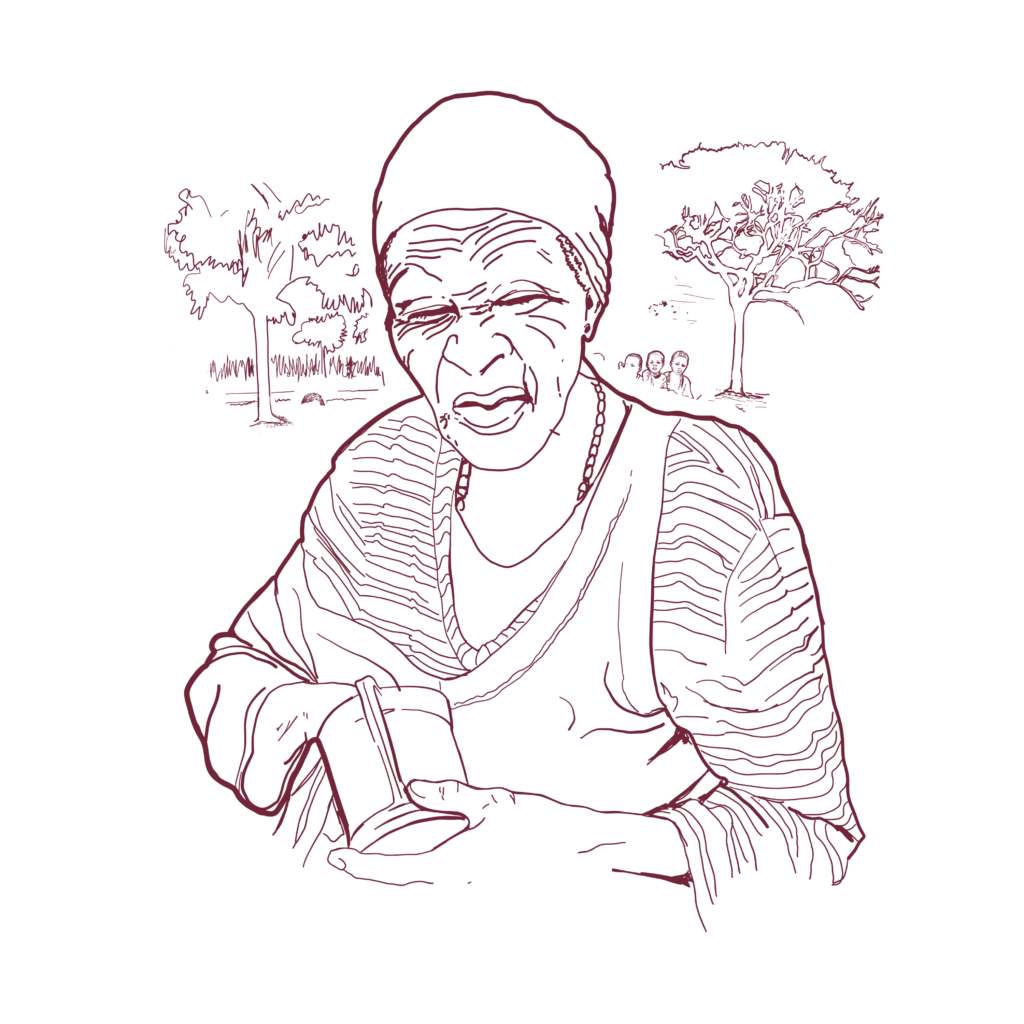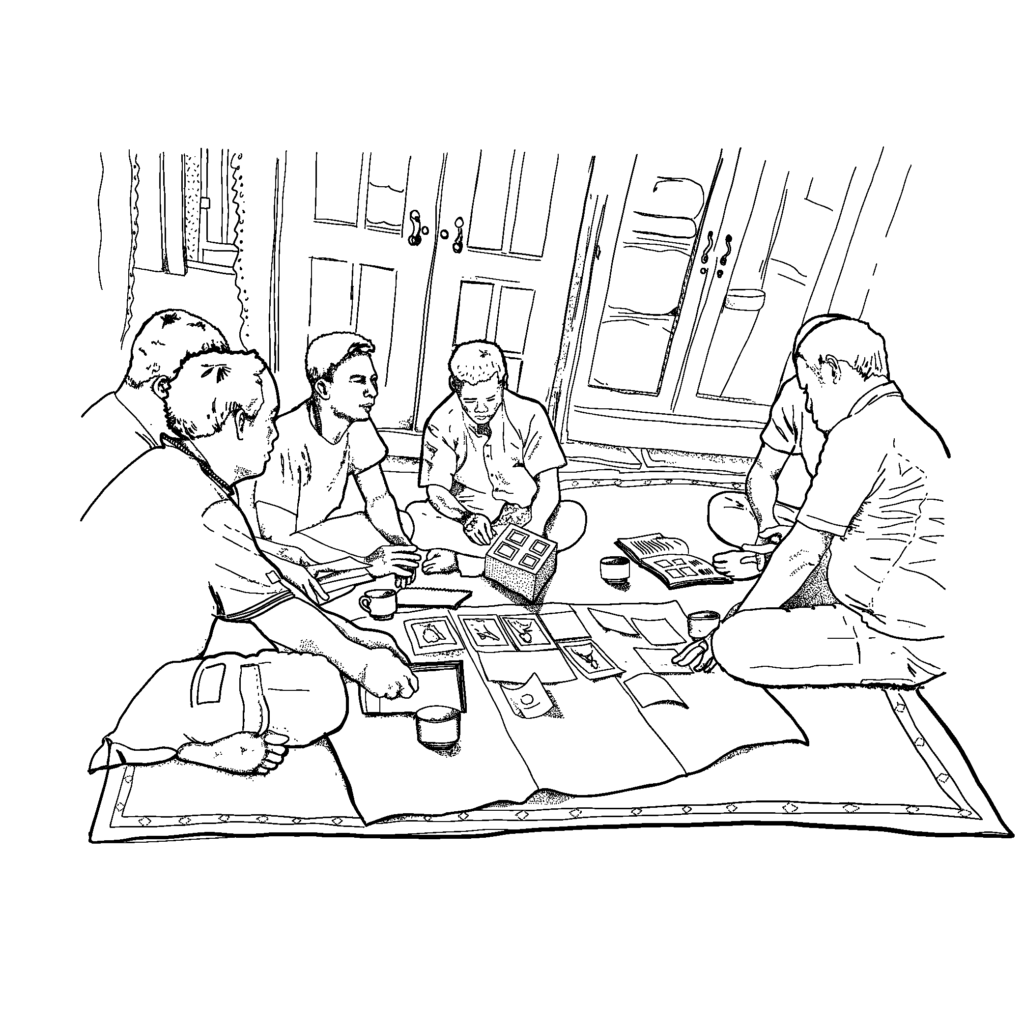‘Leave no one behind’ is a guiding principle for the SLH, and at the core of the Sustainable Development Goals (SDGs). At the heart of ‘leaving no one behind’ (LNOB) is ensuring that everyone, everywhere has access to a safely managed sanitation facilities, handwashing facilities with soap, and can fulfil their WASH needs safely and with dignity.
People who are at risk of being left behind need to be actively and meaningfully identified, included, engaged, and considered in all aspects of sanitation and hygiene programming. Strategies are needed to address existing inequalities and avoid creating new inequalities as side effects of programming. Without this, communities and areas will not achieve SDG 6.2.
Although there has been some success in improving sanitation amongst marginalised groups, equity at scale remains a challenge. There is also evidence that disadvantaged households are more likely to revert to open defecation or fail to build and use a good quality latrine in the first place. Recognition of the need to integrate support mechanisms into programming that go beyond one-off installation of sanitation solutions is growing.
However, evidence on what works and what doesn’t is lacking. There is also limited experience on how to monitor the success of interventions effectively, with few strategies and monitoring and evaluation plans developed to monitor outcomes for different segments of the population.







